Outside, the autumn rains have come and ended, for nature at least, the long drought of the summer. Over the past weeks and months I’ve explored the surroundings of our new home a bit and kept my senses open especially to anything plant-related that would link me with the previous chapter, that would provide a sense of continuity and comfort. Like the seasons turning.
But while customs change and Christmas is not celebrated and loved by everyone, depending very much on your own memories of Christmases past (and, of course, your religion), the seasons’ turning is something that hasn’t changed in millennia and is much less fraught with associations. It is steady indeed and brings perspective to much of what is going on elsewhere. Nothing new or original about this insight, of course, but something we occasionally may need reminding of.
Quite a few of the seeds, the beechnuts, fell out with a “Plop!” back then already, but most waited until a few weeks later when the first strong gusts of wind shook the branches. Then it became a shower of missiles raining down so hard you instinctively took shelter. Less so on the roof terrace, but certainly when down in the yard. The roof of the carport was a noisy shelter though, the small but solid nuts capable of a drumming far beyond what you’d expect from something that small. Also, I was surprised how loud a bird trying to crack them open could be – it positively sounded as if a person stomped atop the carport’s roof.
The beech nuts and their husks literally covered everything below the tree. I’d never seen such dense carpet before. As acorns likewise were especially abundant this year I figure it must have been what is called a Mastjahr in German – a “fattening year”, the word stemming from a time when villagers would herd their livestock, especially pigs, to the trees so they would feed on the bounty and fatten well. I briefly wondered if the nuts and husks would make a good mulch in my pots over the winter, but of course thousands of beech seedlings would appear come spring and create a problem – especially for someone who is loath to killing a healthy young plant, even if in the wrong spot.
Bilberries or whortleberries (Vaccinium myrtillus), too, are tiresome to pick in the wild and yet there are so many recipes to put them to good use – why, I wondered, did I not know a single one involving beech nuts? Then I vaguely remembered reading they contain high levels of cyanide thus prohibiting consumption in quantities. A little research confirmed they do indeed contain cyanide and other toxins – although I also read these can effectively be dealt with by either roasting the beechnuts or scalding or blanching them with boiling water. Still, as an occasional snack of a few even raw beechnuts are unlikely to do harm: I think the birds won’t see many of the ones we gathered.
Speaking of birds, I observed no fewer than 9 species regularly in the tree so far: chaffinches, of course, their common German name Buchfink (beech finch) clearly indicating the birds’ preference for this species. Woodpecker, nuthatch, treecreeper and jay did not surprise me either. But I hadn’t known how keen tits – great tits, blue tits, long-tailed tits – were on the nuts. Or was it just insects they were after? No, it certainly didn’t look like that. Likewise the doves. And there I was, thinking they’d only go for soft or grain-like fodder! While not totally unexpected, it certainly is eye-opening to have such close view into a mature tree at crown level.
As every forager of fungi would be, he was evasive about the exact whereabouts of his find but polite enough to not just tell that this year, because of the extremely dry conditions, your best bet was in some lower-lying, moister areas such as the banks of ditches, brooks and ponds – this much I had figured out myself – but, as we were new to the area, to point some out. My little one, who up until this encounter had wanted to return home, was electrified and wouldn’t stop pleading until we turned 180 degree on the spot and walked back, in pursuit of those porcini. Surprise, surprise - we didn’t find any, but, as mentioned above, enough “lesser” edible fungi to make a good meal. I guess we’ll just have to explore and get to know the forest better in the years to come – something I certainly look forward to.
Recently, with the temperatures dropping, we picked a bag full of the biggest fruit. They were still green but we didn’t want to take chances, hoping instead they’ll continue to ripen at home if put in a bag or tin with a few ripe apples. (The latter releasing the gas Ethylene, which apparently aids the ripening of fruit but is also responsible for cut flowers going over faster which is why you shouldn’t put fruit bowls in the vicinity of flowers – or so I’ve read). It's looking promising so far.
Sure enough, when we returned last week after a while away, the river had taken it. In fact, there was nothing left of the plant – only pebbles where it had grown. Though not a tidal river, the current must have been strong enough to dig it out and sweep it away. We had better luck when chancing upon the ripe fruit of Cornelian cherries (Prunus mas) – they were at their dark-red, delicious best, juicy and sweet, and only the lack of a kitchen so far (more precisely a stove) to turn the bounty into jam, jelly or anything else held us back from gathering serious amounts. Next year though…
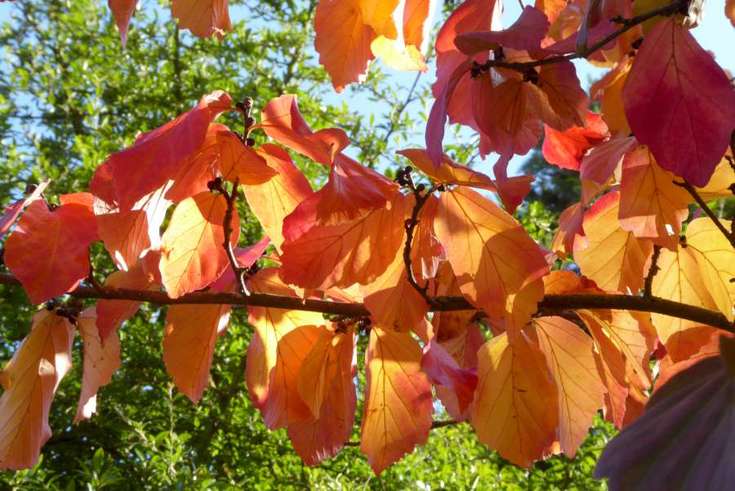
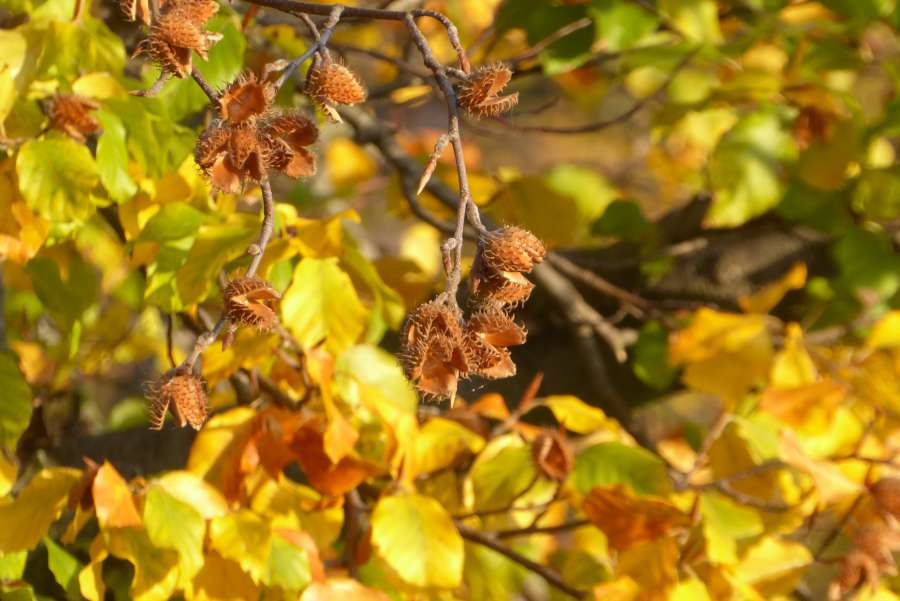
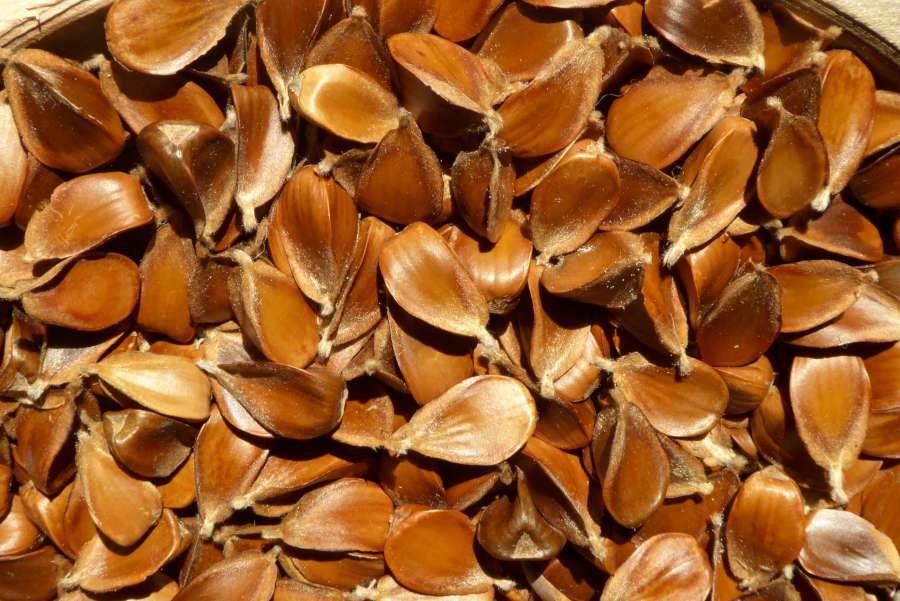
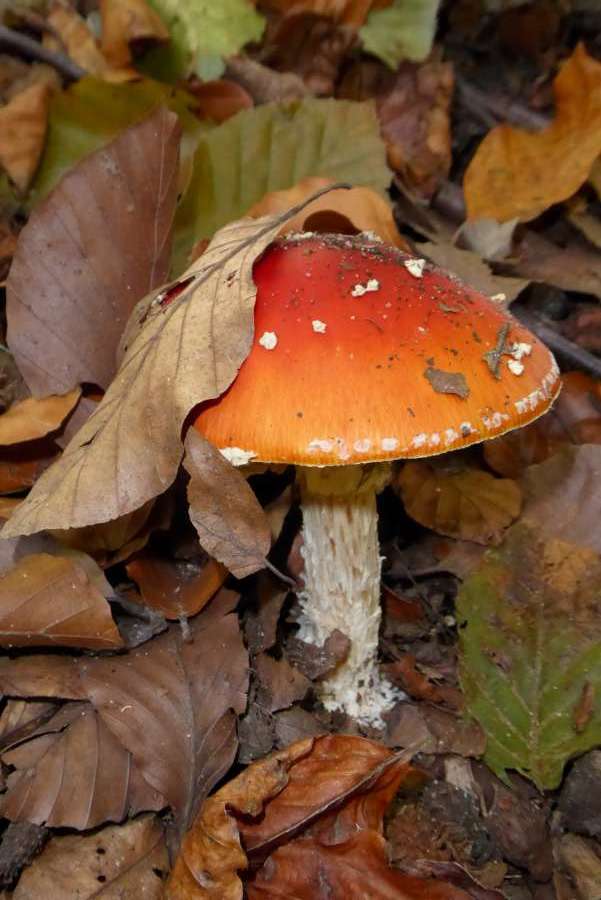
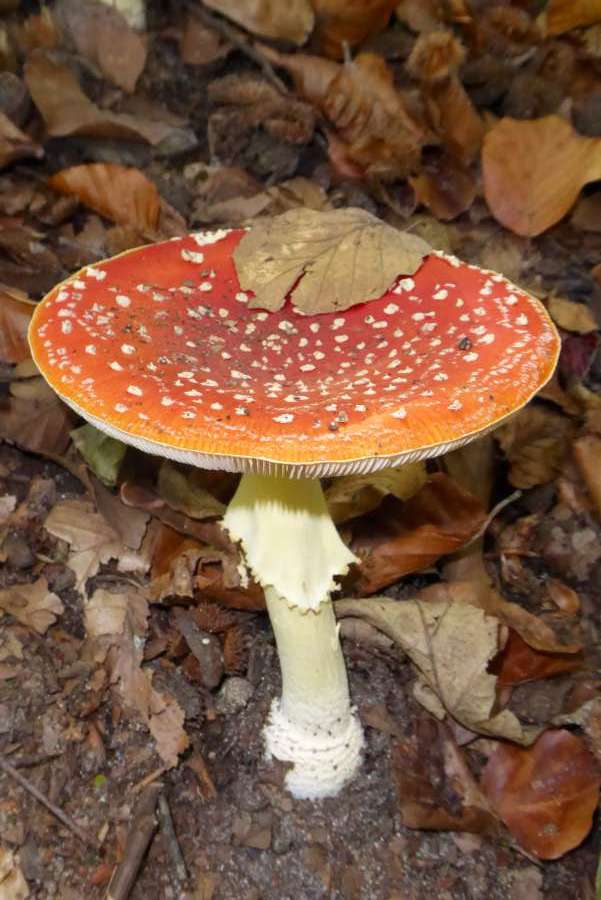
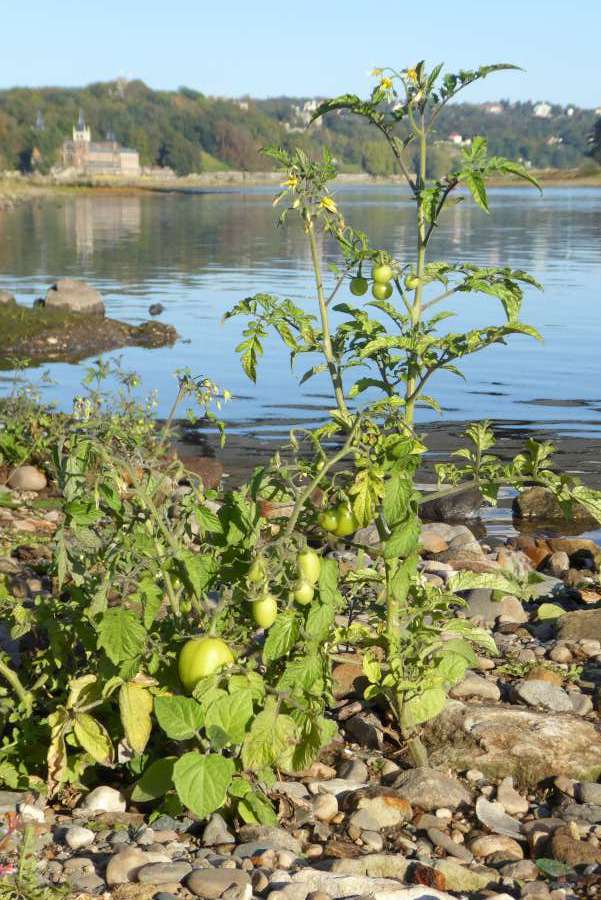
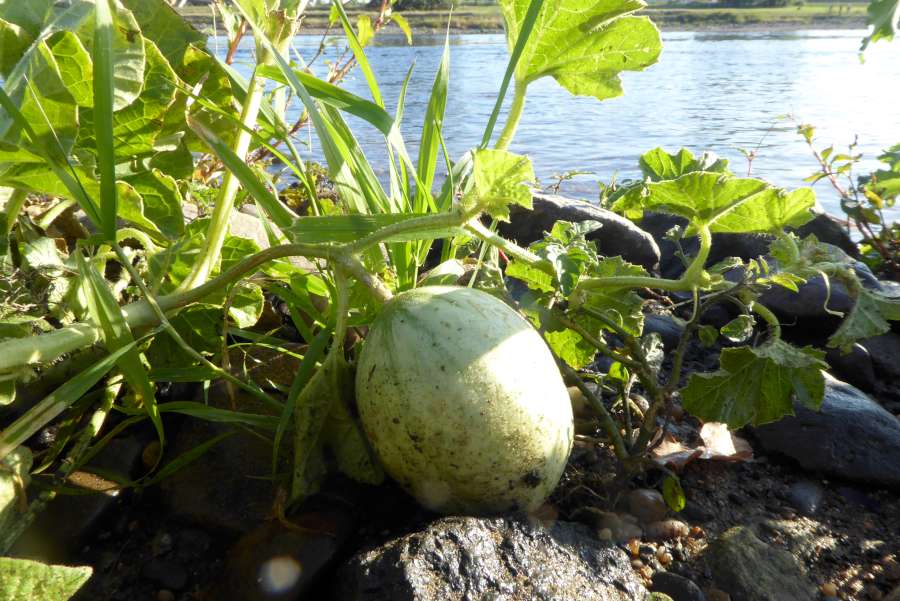
 RSS Feed
RSS Feed